Literacy-Rich Preschool Environments for All Learners
January 26, 2016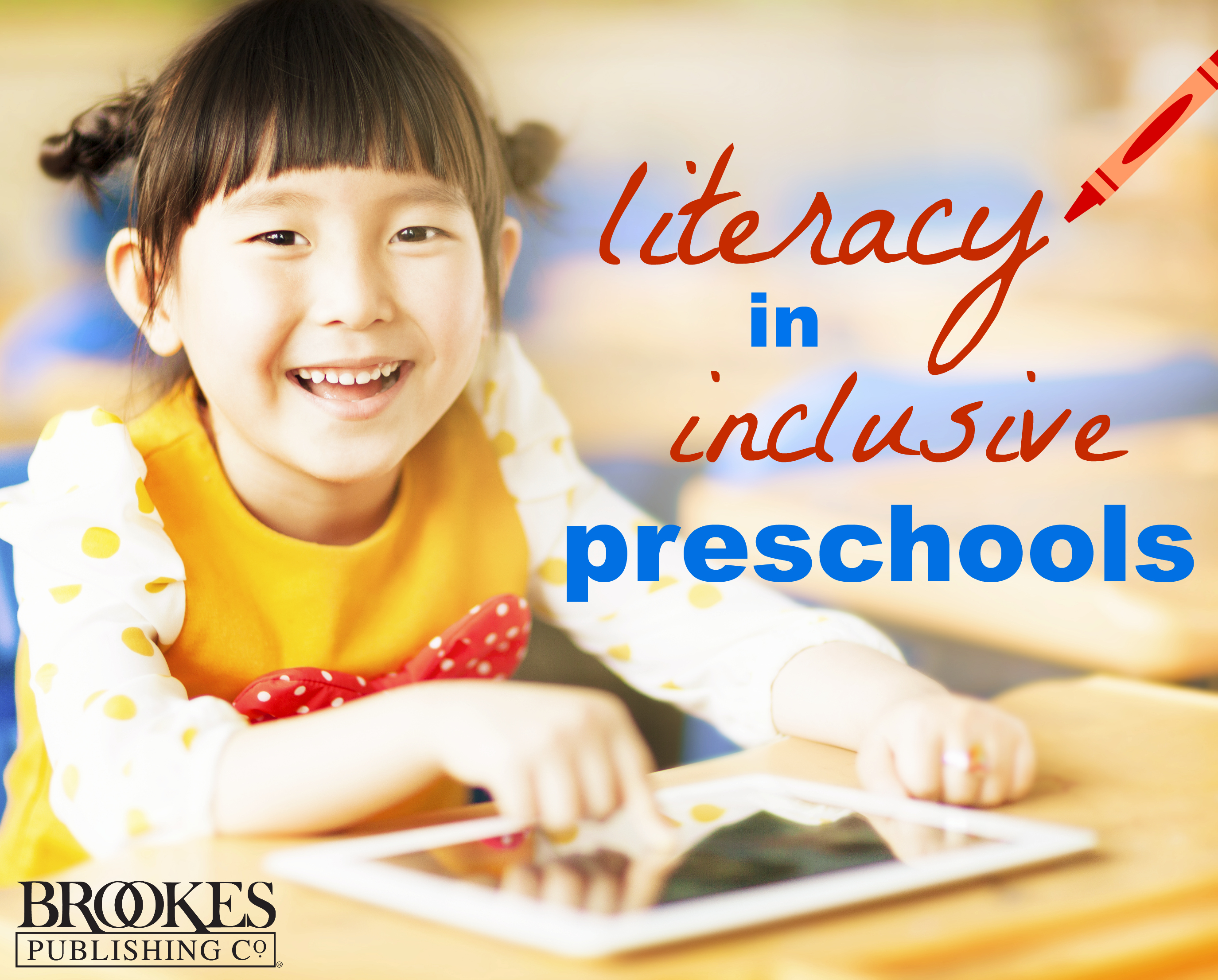
This post is part of our Language & Literacy Development blog series. Stay tuned for more posts in the series!
When you design early literacy environments that meet the needs of children with disabilities, all children benefit. In today’s post, we’re sharing some simple ways to ensure literacy-rich preschool classrooms where books and print are accessible to every student. (These ideas were adapted from two great books on inclusive early childhood education: Assistive Technology for Young Children and Making Preschool Inclusion Work.)
Increase physical access to books
 For young children with disabilities, some simple physical modifications to your classroom’s books can provide more opportunities for developing preliteracy skills. For example:
For young children with disabilities, some simple physical modifications to your classroom’s books can provide more opportunities for developing preliteracy skills. For example:
- Choose durable books with clear pictures and simple text.
- Consider optimal physical positioning–for example, sitting or side-lying on the floor with a bolster or other supports may be most comfortable for the child. Carpet squares in your literacy center can help with stabilizing the child’s position.
- If the child needs an angled surface to see the book, use a slantboard with textured fabric. Attach Velcro to the back of the book and place on the slantboard to hold it in place.
- On the book pages, affix “page fluffers” such as dots of puffy paint or Velcro to help children with limited fine motor skills separate each page.
- Attach foam pieces with paper clips to the edges of the pages to make page turning easier.
- Make tablets and e-readers available for children with motor disabilities.
- Stock your book corner with reading materials featuring large print, bright and contrasting colors, interesting textures, and braille letters for children with visual impairments. Also, recorded stories with sound effects can help teach appreciation of language and story structure.
Boost cognitive access to books
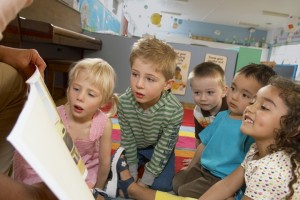
Here are some ideas for supporting all young learners’ understanding of the books you read them:
- Simplify books by shortening sentences and abbreviating text as you read.
- During shared reading, give students props such as stuffed animals and photographs that correspond to key elements of the story.
- Try covering up excessive text so only key words are visible.
- Use highlighter tape to emphasize important words that relate to pictures or plot elements.
- Introduce graphic symbols that represent text and support understanding of the story.
- Help children connect their own familiar experiences to the characters and plots in books.
- Make simple 3-6 page My Family books using laminated and labeled photographs. These will often catch a child’s interest more readily than books with too many words and busy illustrations.
- Choose books with lift-a-flap features or sound buttons to encourage engagement of diverse learners.
Punch up your play centers

Your play centers are ideal places to give all learners fun new ways to work on key literacy skills. Here are a few good examples of how to enrich favorite activities with language learning:
- Baking. In a page protector on a clipboard, give children an easy-to-follow recipe with pictures and text labels. Magnetic-backed food icons and ingredient words are fun to stick on cookie sheets or metal bowls.
- Pizza parlor. As a prop, include a pizza menu with picture icons and printed words for pizza toppings. Use Velcro-backed icons with pictures/words that children can stick to a Velcro-friendly clipboard when they place orders.
- Dress up. Put up dress-up theme pictures clearly labeled with the corresponding words (princess, doctor, pirate, cowboy). If children use a voice output communication aid (VOCA), it can be programmed with steps in a script to “tell the story” of the character and his or her feelings and actions.
- Pet store. Display animal photographs with corresponding text labels that can be attached to the pictures with Velcro. A child’s VOCA can be programmed with a script for buying and caring for a pet (e.g., selecting a pet, finding out how much it will cost, feeding the pet).
Encourage reading and writing practice during daily routines
Everywhere you look, there’s another chance to embed literacy opportunities in your classroom. Look for every opportunity to reinforce emerging reading and writing skills throughout the day.
- Teach children to recognize their name labels on personal items, such as their cubbies and jackets.
- Use Braille labels on cubbies and chairs for children with visual impairments.
- Print words on a small whiteboard to foreshadow transitions (especially helpful for children with autism).
- During activities, identify the letters on signs and labels you see in the classroom and on your supplies.
- Give children the opportunity to choose a snack or activity by selecting the word card that corresponds to their selection.
- Encourage play throughout the day with chalk, markers, whiteboards, and paper. Use Velcro straps, grips, and other physical accommodations for children who have trouble holding a marker or crayon.
Have an idea of your own? Add it in the comments below!

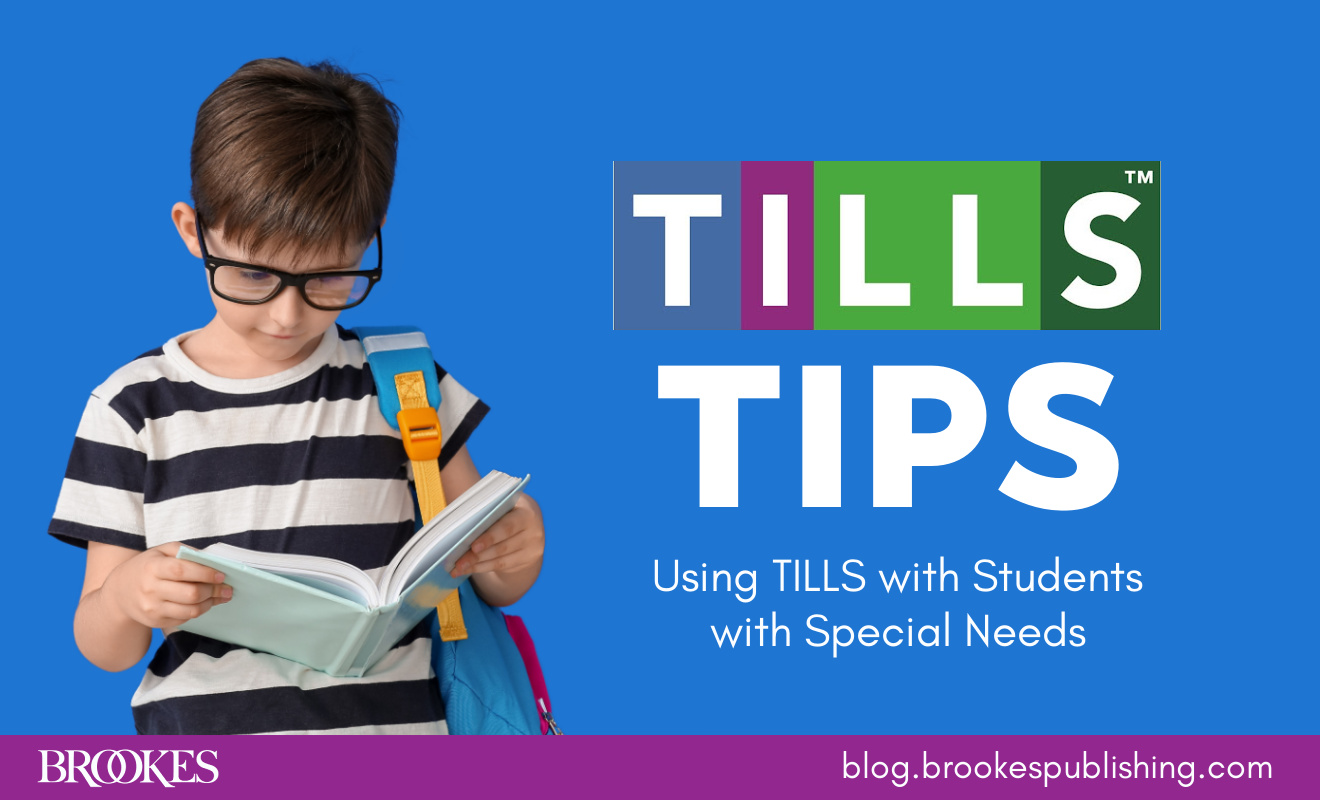
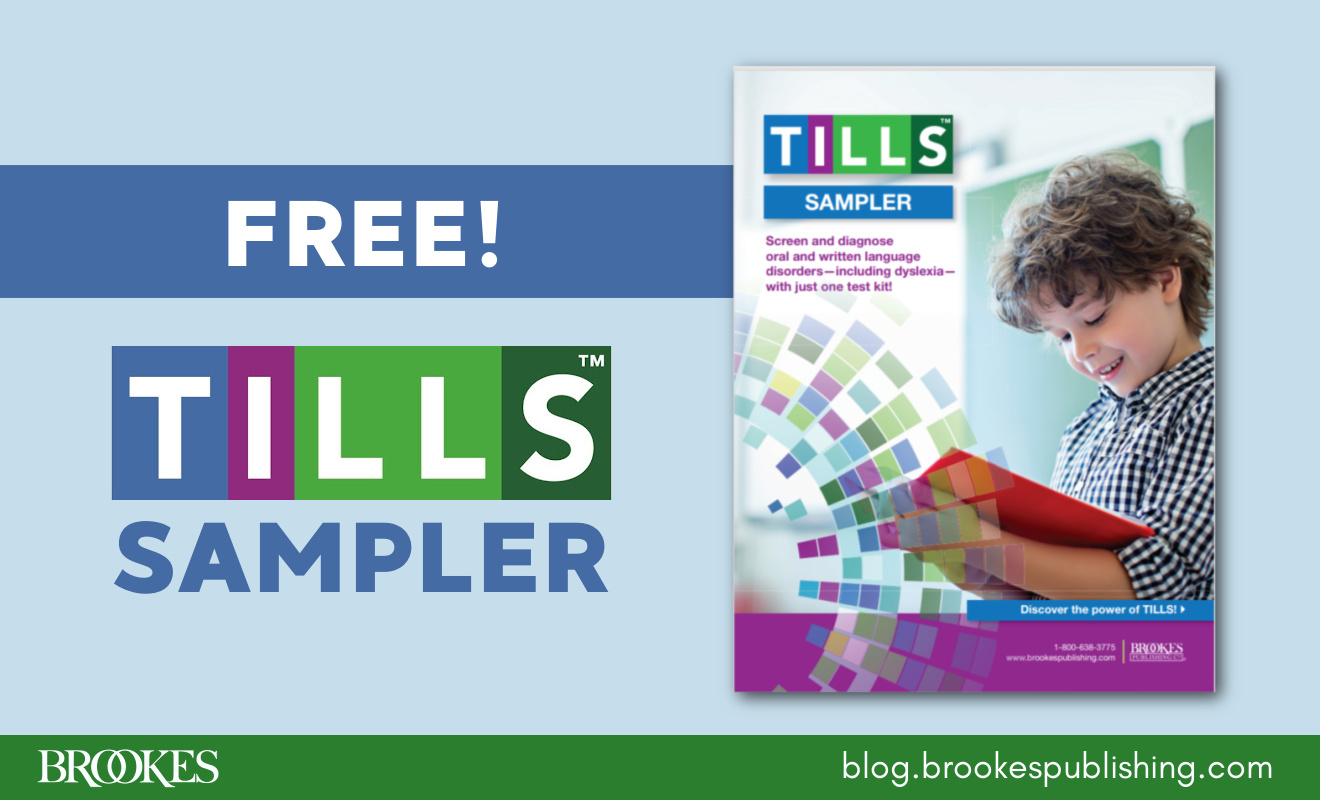
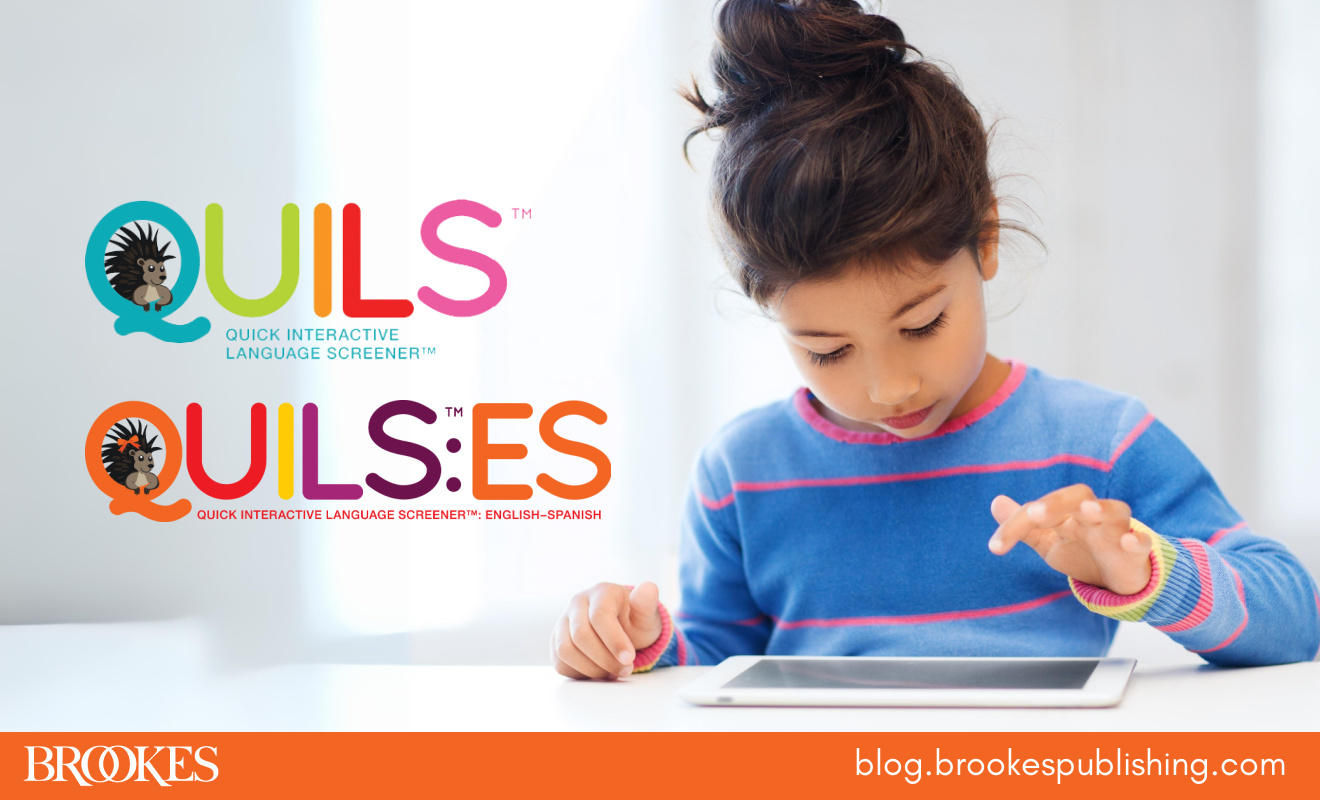
Write a Comment
Your email address will not be published. Required fields are marked *
comments
Lucy says
I loved this article. Having worked in both family and adult literacy, your ideas are excellent. One idea that I would share is using word cards throughout the classroom to show names of objects in the room. When our daughter was little, we taught each word as a sight word and placed the word on the correct object. After a few days of teaching the word, we removed them and had her say the word and place it on the correct object. This activity helps with motor skills, word recognition and can also be used to each phonics.
jlillis says
Lucy, thank you for the reply! Love your word card suggestion--that is a great idea. Thanks for writing in!
Post a Comment